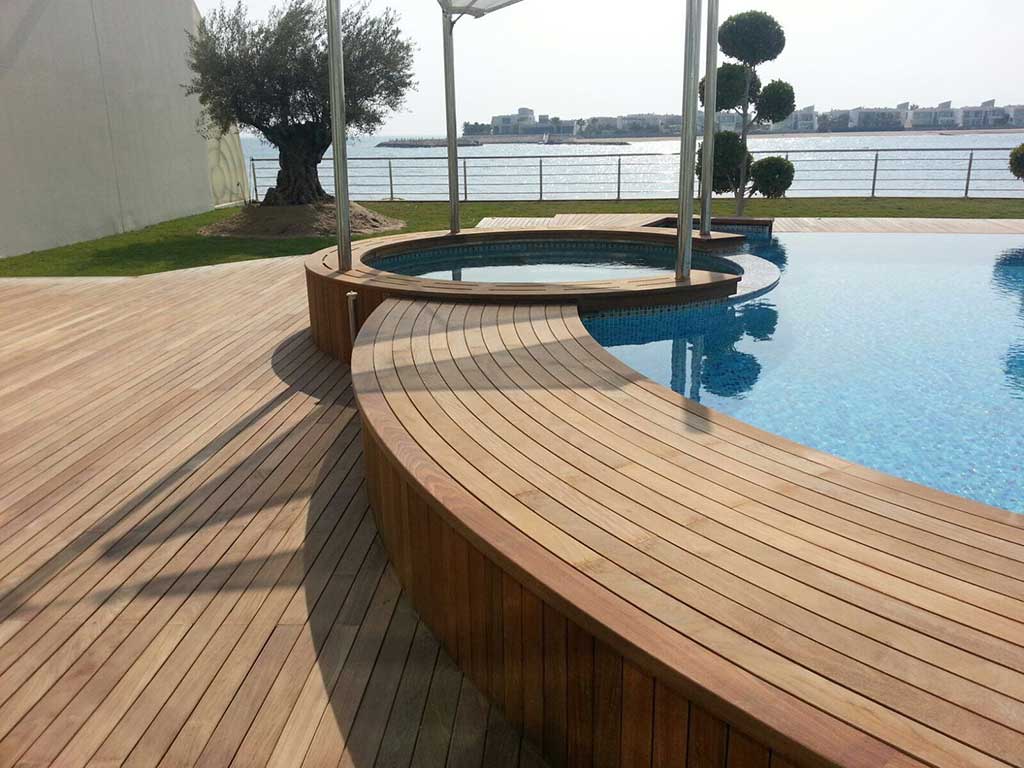We’ve researched forums, websites and publications to discover the architectural design trends for the coming year. Which building materials, design styles, furniture and fittings can we expect to see in self-build and home renovation projects?
Whether you favour clean minimalism or have a flair for opulent rooms with exotic wallpapers, there are five underpinning design trends:
- Sustainable Materials in Construction and Interior Design
- Promotion of Health and Connection with Nature through Biophilic Design
- Broken Plan Living
- Smart and Automated Technology
- Optimising Outdoor Space with Garden Rooms and Hard Landscaping
Sustainable Materials in Construction and Interior Design
The shift towards sustainable construction continues. Expect to see more natural materials from renewable sources used in home exteriors and interiors. Timbers from responsibly-managed forests, locally sourced stone, rattan, linen and wool are favoured.
There is also a there is growing appreciation of craftsmanship. A great example is our Shou Sugi Ban® charred timber cladding. We enhance the grain using the traditional Japanese technique of yakisugi. This result in visually desirable and tactile timber, with increased resilience and durability. Other materials you can expect to see include hand-cast tiles, forged metals, woven baskets and thrown pottery.
Sustainability also covers a growing interest in repurposing pre-used materials. Reclamation yards and antique centres stock original roofing tiles, bricks, fireplaces, kitchens, doors and furniture. Upcycling to give these items a new lease of life can add heritage details and quirky focal points to homes made for modern living.
The long-term sustainability of energy-efficient, thermally insulated homes is also important.
Promotion of Health and Connection with Nature through Biophilic Design
Biophilic design is concerned with connecting architecture, interior design and residents with nature. We want our homes to be sanctuaries; places we can relax and recharge. An affinity with nature is known to benefit health and well-being, so how is this achieved in the home?
Views of green spaces and the seamless transition between interior and exterior spaces are two ways to achieve this. Biophilic design also focuses on the tactile quality of natural textures, warm earthy tones and optimising natural light.
Broken Plan Living
Open plan living has been replaced by broken plan living. This maintains the benefits of larger, light-filled spaces, whilst offering some level of separation. With broken plan living, interior spaces are zoned using flooring and/or a change in wall decoration. Non-permanent fittings, such as low partitioning or shelving are used to divide.
The benefit of broken plan living is that it offers flexibility. As needs change, fittings can be moved, altered or removed. It also provides distinct areas and a degree of privacy, whilst remaining connected as a whole.
Sticking to a limited colour palette, that carries through the zones, achieves harmonious and uncluttered broken plan living, which still works if the layout changes.
Smart and Automated Technology
Smart and automated technology includes systems that operate heating, blinds and appliances. One of the main draws is that energy efficiency can be achieved by optimising light and heat levels, along with food storage and cooking. Other popular smart technology includes smart audio-visual (AV) equipment that offers entertainment opportunities for family and friends.
Being able to control your appliances within the home and remotely provides convenience. From home security and surveillance to ensure you return to a warm and welcoming home, expect to see more smart features in 2022.
Optimising Outdoor Space with Garden Rooms and Hard Landscaping
Outdoor space is highly desirable, but we’re not talking about a lawn and a couple of garden chairs.
To optimise living space, garden landscaping has become integrated with architectural design. Decking timbers, slatted screens, pagodas and other features are being used to great effect to zone exterior spaces as well as the rooms inside.
The connection between interior and exterior spaces is being given greater importance. As an example, when stone slabs or hardwood decking continue the tone, shape and lay pattern of internal flooring, it creates a flow through the home and into the garden. Slide back the bifold doors to create a large space for entertaining.
The desire for garden rooms continues. Unlike a shed, which may have been tucked out of sight, these are design features in their own right. Set up as home offices, gyms, bars or workshops, they extend the living space more cost-effectively than extending a property.
Shou Sugi Ban® Charred Timber Cladding
Our range of premium quality, handcrafted timbers are the UK’s market leader. Sustainably sourced and professionally finished, our charred cladding is naturally insulating and durable. The finish protects and enhances the grain, offering a tactile and visually appealing aesthetic.
The traditional Japanese yakisugi technique focuses on burnt red cedar cladding with a crackled, blackened finish which requires minimal maintenance to remain weatherproof for decades. Exterior Solutions Ltd has developed the technique and offer a range of timbers and finishes to suit a variety of architectural styles and client briefs.
Discover if high-quality interior or exterior cladding fulfils your project specifications. Download the Shou Sugi Ban® brochure and get in touch to request a quote and samples from our Buckinghamshire-based team.


